
Centered on two different ecologies – anthropocentric and natural environment – to unanimously bring them together rather than separating them through an artificial intervention, the Tidal Stool is an artistic creation by Robotic Fabrication Lab HKU. Know more on SURFACES REPORTER (SR).
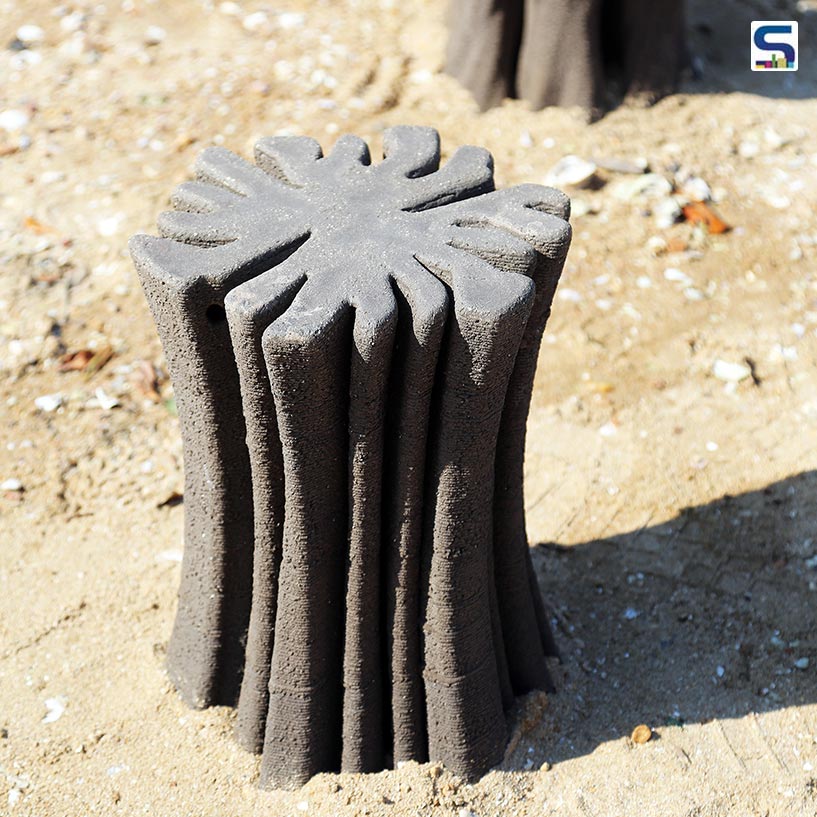 Tidal Stool is a beach-side seating solution that is made of 3D-printed terracotta.
Tidal Stool is a beach-side seating solution that is made of 3D-printed terracotta.
Tidal Zones
The tidal zone lies between high and low. The tidal zone often fluctuates about 900mm in Hong Kong. Animals and plants residing in such zones have to adapt and cope up with different conditions throughout the day. During high tides, they get submerged deep into the water and at low tides, they are exposed on land. Every 12 hours, the ecological scenario at such shorelines keeps on changing.
That being said, the shorelines in Hong Kong have been redefined for decades. Large land reclamations have reshaped the city’s edge condition but also destroyed the existing habitats. However, very few have remained unchanged. One such is the shoreline in Kuk Po village, Sha Tau Kok. Known for its exceptionally picturesque, the shoreline offers views of the shore and the landscape that brings spectators closer to the natural forces.
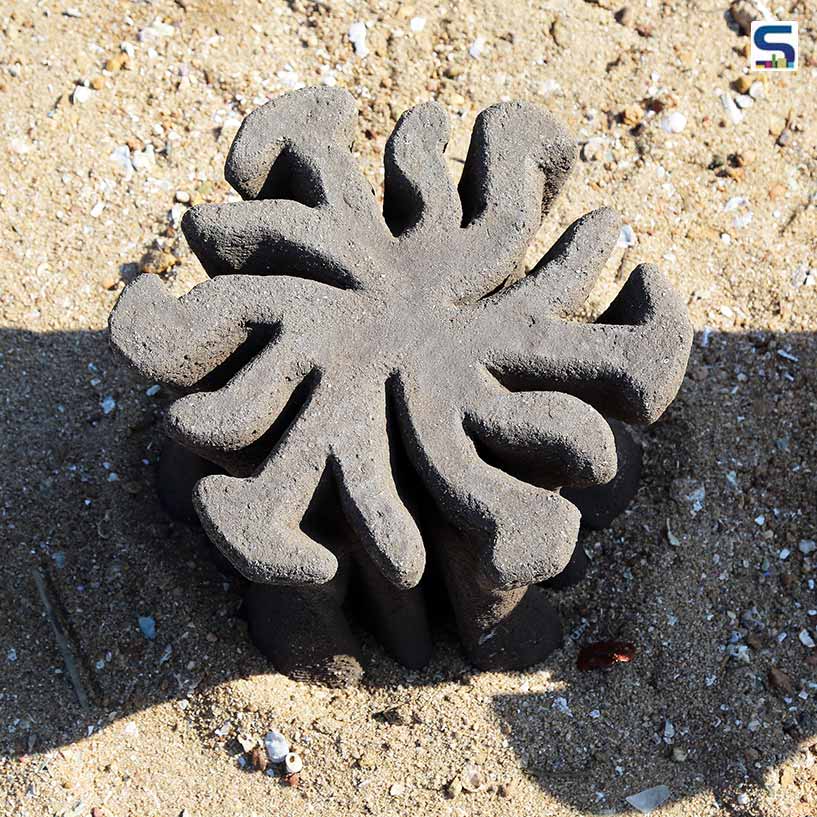 Its intricate curves serve the purpose of a hideout for many sea creatures living on the shoreline from predators, thereby enhancing the ecology of the shoreline.
Its intricate curves serve the purpose of a hideout for many sea creatures living on the shoreline from predators, thereby enhancing the ecology of the shoreline.
Tidal Stool
Created by Robotic Fabrication Lab HKU, the Tidal Stool is a beach-side seating solution that is made of 3D-printed terracotta. The artistic appeal of the stool calls ecology into question by inviting users to sit and enjoy the beach while also serving as a critical commentary on shoreline maintenance in Hong Kong. Part of a larger conservation project in Kuk Po, the Tidal Stool brings anthropocentric and natural environments together.
The Tidal Stool is based on a functional design approach. Its intricate curves serve the purpose of a hideout for many sea creatures living on the shoreline from predators, thereby enhancing the ecology of the shoreline. During low tides, the stool alters into a beach sit-out space for visitors.
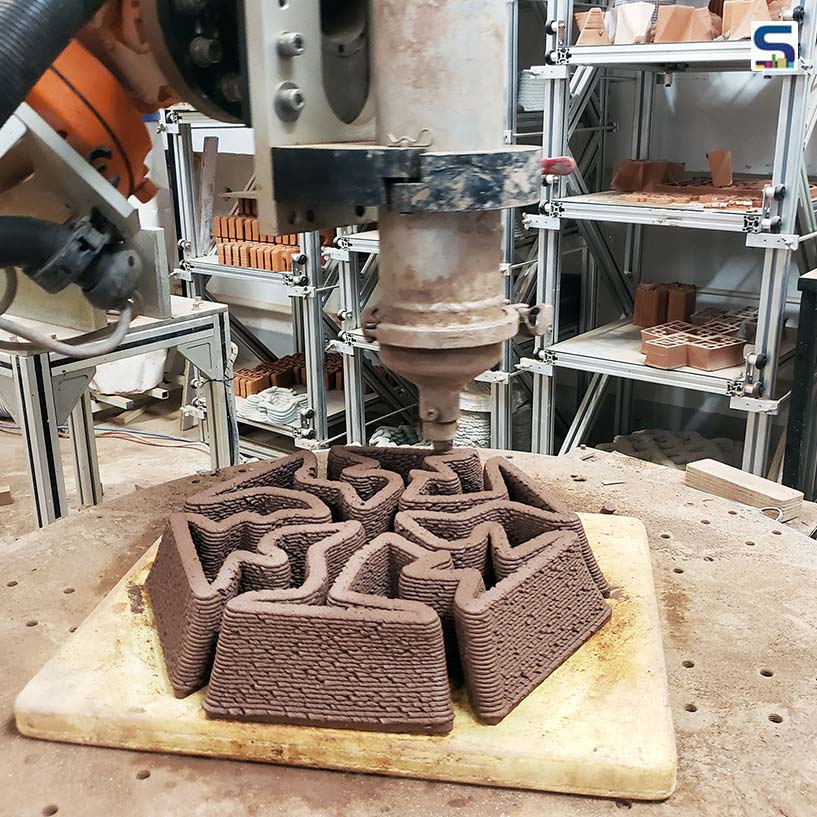 It draws a huge reference from classical ceramic stools, mangrove roots and earthen colours.
It draws a huge reference from classical ceramic stools, mangrove roots and earthen colours.
The stool has been inspired by three main ideas. It draws a huge reference from classical ceramic stools. These stools have a rich history in China and have been around for nearly 1,000 years. Such stools have been mainly used in gardens and were made from various materials such as stone, wood, glazed stoneware and porcelain. The Tidal Stool also takes inspiration from mangrove roots, which are commonly seen along the shorelines to support the marine ecosystem. Lastly, the stool’s earthen colour draws inspiration from the rocks which are seen on such shorelines to blend seamlessly into the natural habitat.
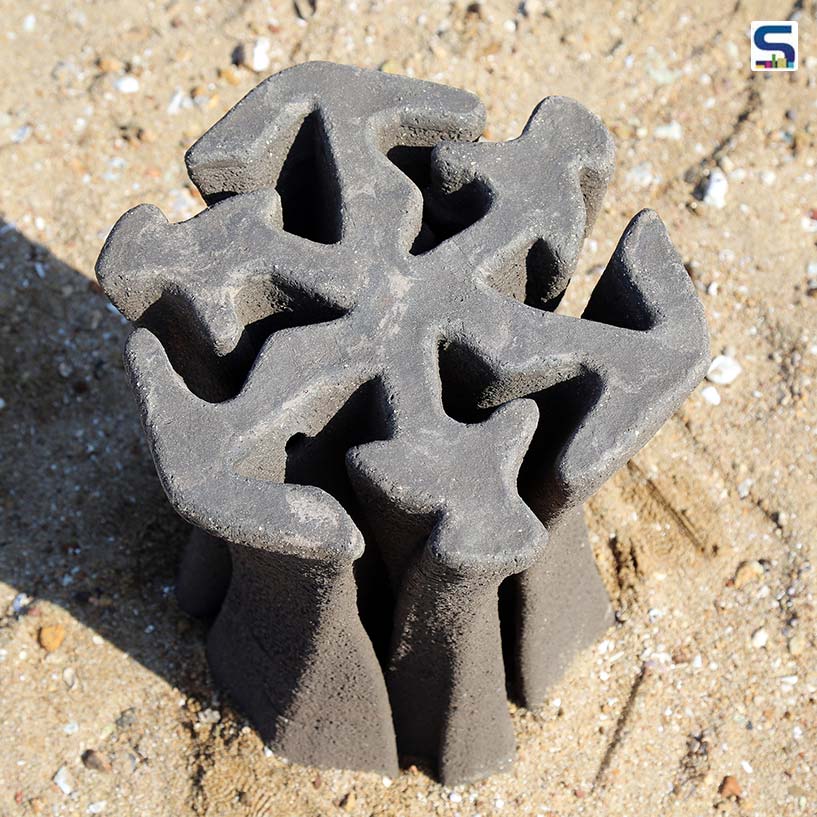 The team has designed 30 unique stools with different heights and surface complexities.
The team has designed 30 unique stools with different heights and surface complexities.
Design philosophy
So far, the team has designed 30 unique stools with different heights and surface complexities. The team decided to try various options to understand which geometric design would perform best for the natural environment. Each Tidal Stool has been produced with the help of a standard industrial robot with a linear ram extruder.
The team opted for terracotta clay for two reasons: firstly as it is very suitable for natural habitats due to its Ph-level, and secondly, upon deteriorating, the stool will get back into nature without disturbing nature. The Tidal Stool had been installed in Kuk Po village in March 2022 and will be kept there throughout the year to check its performance.
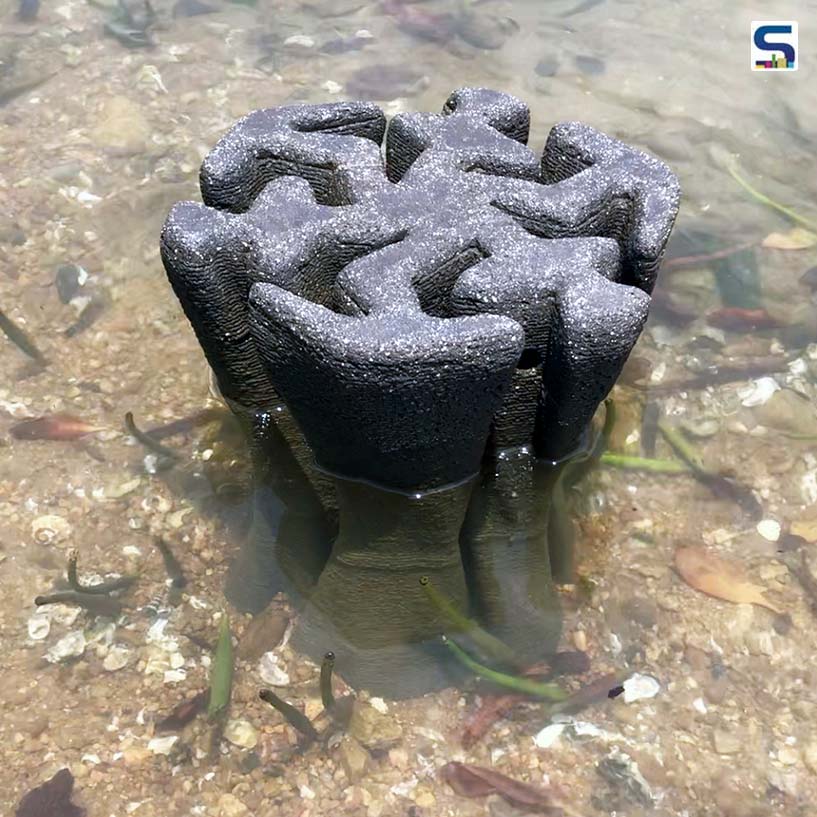 Each Tidal Stool has been produced with the help of a standard industrial robot with a linear ram extruder.
Each Tidal Stool has been produced with the help of a standard industrial robot with a linear ram extruder.
Product details
Department: Architecture
Research centre: Centre for Chinese Architecture and Urbanism; Fabrication and Material Technologies Lab
Team leader: Christian J Lange and Weijen Wang
Team: Chen Zhaowei, Yin Fangyi and Chan Ching Yin
Completion: 2022
Location: Kok Po Village, Sha Tau Kok, Hong Kong
Funding body: Countryside Conservation Office
Image credits: University of Hong Kong, Faculty of Architecture